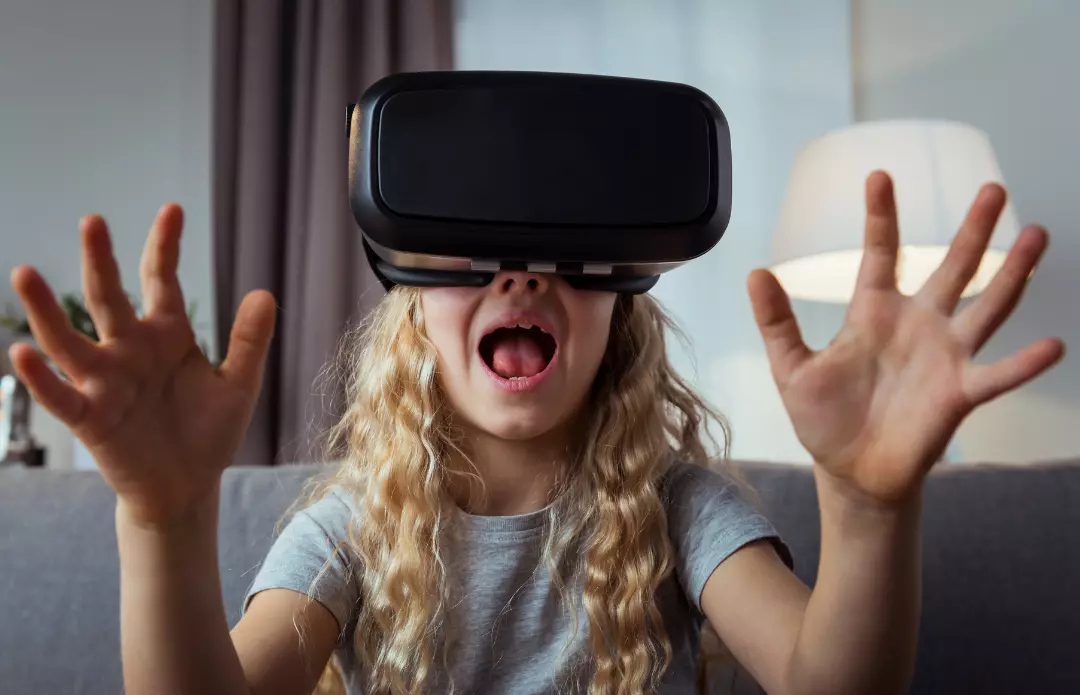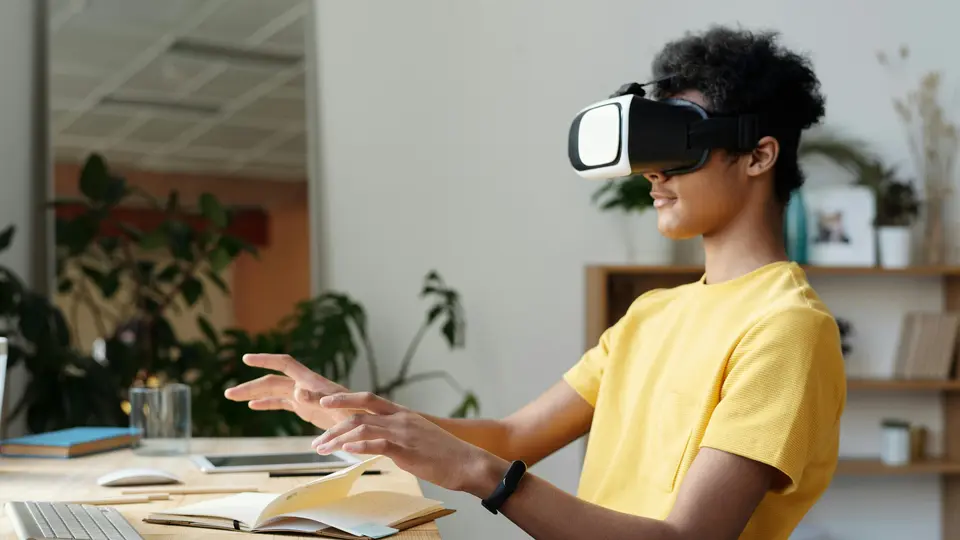Is Virtual Reality (VR) safe?
Posted on April 2, 2023 3 minutes 556 words
Table of contents
Virtual reality (VR) has rapidly gained traction over the past few years, transforming industries like gaming, education, and healthcare. With more people than ever before embracing this immersive technology, concerns about its safety have surfaced. This blog post aims to examine the safety of virtual reality, debunk common myths, and provide evidence-based information on potential risks and ways to mitigate them.
Physical Safety Concerns
Motion Sickness
Motion sickness is a common concern for VR users. It occurs when the brain receives conflicting information from the eyes and the inner ear, causing symptoms like dizziness, nausea, and fatigue. To reduce the risk of motion sickness, take regular breaks, and choose games with fewer motion triggers. Gradually increasing your exposure to VR can also help your body acclimate to the experience.
Tripping Hazards
Accidents can happen when users are immersed in VR and unaware of their real-world surroundings. To prevent injuries, create a clear and safe play area before using VR. Most VR devices offer guardian or boundary systems that alert users when they’re nearing the edge of their play area, helping them avoid collisions with furniture or walls.
Eye Strain
Prolonged use of VR headsets can cause eye strain, discomfort, and even headaches. To minimize these risks, follow the manufacturer’s guidelines for usage duration and take regular breaks. Limiting daily VR use can also help protect your eyes from strain.
Psychological Effects
VR Addiction
Like any other form of entertainment, VR can be addictive, impacting daily routines and responsibilities. Setting healthy limits on VR usage, such as designating specific times of day or week, can help maintain a balance between virtual and real-life experiences.
Desensitization
Exposure to violent or disturbing content in VR may contribute to users becoming desensitized to real-life violence or other negative stimuli. Be mindful of content selection and monitor your reactions to ensure a healthy relationship with VR.
Privacy and Data Security
Data Collection
VR devices and platforms collect various types of data, including user interactions, movement patterns, and personal information. Be aware of the potential risks associated with sharing your data and review privacy policies before engaging with a platform.
Cybersecurity
VR platforms can be vulnerable to hacking and cyber threats. To safeguard your personal information, choose reputable platforms, use strong passwords, and keep your software up to date.
Effects on Children and Adolescents
Age Recommendations
Follow the manufacturer’s age guidelines to ensure age-appropriate VR usage. These restrictions are designed to protect children from potential physical and psychological risks.
Cognitive and Social Development
Excessive VR use can impact the cognitive and social development of young users. Moderation and parental supervision are essential for maintaining a healthy balance between virtual experiences and real-life interactions.
Tips for Ensuring a Safe VR Experience
- Research and choose reputable VR hardware and content providers.
- Set up a safe and clear play area.
- Follow the manufacturer’s guidelines for age, usage duration, and breaks.
- Be mindful of content selection, especially for younger users.
- Stay informed about VR technology advancements and safety updates.
Conclusion
While there are potential risks associated with VR, it can be a safe and enjoyable experience when used responsibly and with proper precautions in place. By staying informed and making conscious decisions, you can enjoy the immersive world of virtual reality without compromising your well-being.








